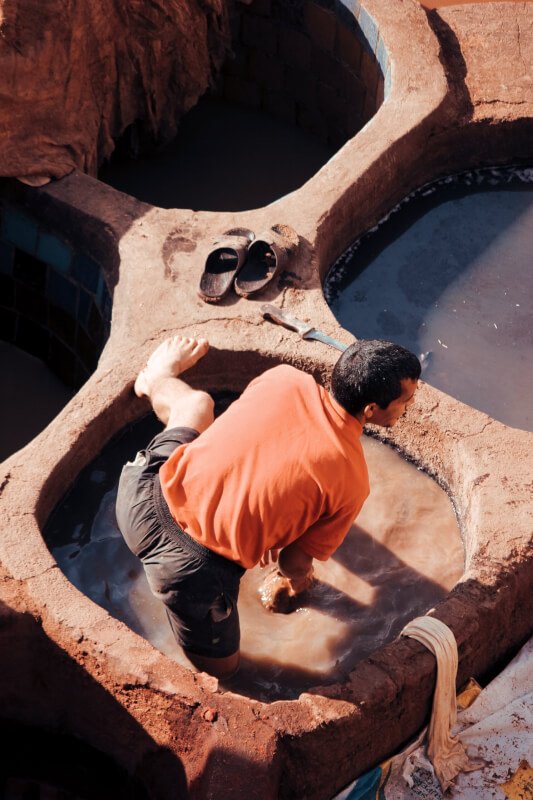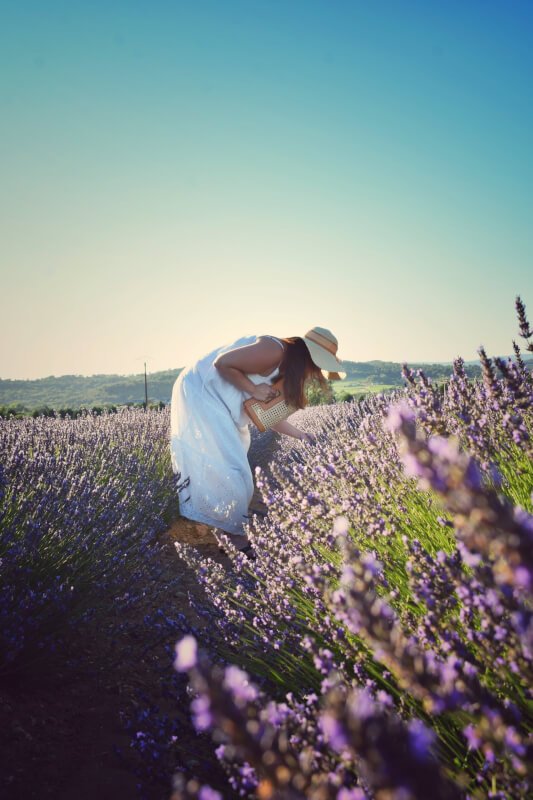In the world of creativity and innovation, techniques play a vital role in achieving success. Whether it’s mastering a new skill or finding solutions to complex problems, the art of employing techniques can make all the difference. In this article, we explore the power of techniques and how they can elevate your performance to new heights. So, fasten your seatbelt and get ready to embark on a journey of discovery and growth.
1. Research Techniques
1.1 Surveys
Surveys are a valuable research technique that allow you to gather data and insights from a large number of people. By designing the right questions and distributing them through various platforms, such as online surveys or in-person interviews, you can collect quantitative and qualitative data on specific topics or trends. Surveys are especially useful when you want to understand people’s opinions, preferences, or behaviors on a large scale.
1.2 Experiments
Experiments are a powerful research technique that allows you to manipulate variables and study their effects on a particular phenomenon. By carefully designing and controlling experimental conditions, you can establish cause-and-effect relationships and draw conclusions about the impact of specific factors. Experiments can be conducted in various fields, including natural sciences, social sciences, and even psychology. They provide a systematic and rigorous approach to understanding how different variables interact with one another.
1.3 Interviews
Interviews are a qualitative research technique that involves direct communication with individuals to gather in-depth information and insights. Whether conducted face-to-face, through phone calls, or via video conferencing, interviews allow you to explore participants’ experiences, thoughts, and perspectives on a particular subject. This technique is particularly helpful when you want to delve deeper into personal narratives, motivations, or complex topics that cannot be adequately captured through surveys or experiments.
1.4 Observations
Observations are a research technique that involves systematically watching and recording behaviors or phenomena without direct involvement. By carefully observing and documenting real-life situations, researchers can gain valuable insights into human behavior, social interactions, or natural occurrences. Observations can be done in a structured manner, like in controlled laboratory settings, or in naturalistic settings, such as observing people in their everyday environments. This technique provides researchers with rich and detailed information that can inform their understanding of various phenomena.

2. Writing Techniques
2.1 Prewriting
Prewriting is an essential technique that helps you organize your thoughts before starting the actual writing process. It involves brainstorming ideas, creating outlines, and conducting initial research. By engaging in prewriting activities, you can clarify your main ideas, identify supporting evidence, and develop a cohesive structure for your writing. This technique saves you time and ensures that your thoughts are well-organized before you begin drafting.
2.2 Outlining
Outlining is a writing technique that involves creating a hierarchical structure or framework for your written work. It helps you organize your ideas, establish the flow of information, and identify the main points you want to cover. Outlines can be as simple as a bullet-point list or more detailed with subheadings and sub-points. By outlining your writing, you can ensure that your thoughts are logically organized and that you include all the necessary information.
2.3 Drafting
Drafting is the process of writing a rough version of your work based on your prewriting and outlining. It is an important writing technique that allows you to get your ideas on paper without worrying too much about perfection. During the drafting stage, focus on expressing your thoughts and ideas clearly. You can always revise and edit in the next stages. Remember, the goal of drafting is to create a foundation for your final piece.
2.4 Editing
Editing is a crucial writing technique that involves reviewing and revising your draft to improve clarity, coherence, and overall quality. During the editing process, pay attention to sentence structure, grammar, punctuation, and style. Look for ways to enhance the flow of your ideas and eliminate any unnecessary or redundant information. Consider seeking feedback from peers or hiring a professional editor to provide a fresh perspective on your work.
2.5 Proofreading
Proofreading is the final stage of the writing process and focuses on identifying and correcting errors in grammar, spelling, punctuation, and formatting. It is a meticulous technique that requires careful attention to detail. Take your time to review your work line by line, word by word. Consider reading your writing aloud to catch any mistakes or awkward phrasing. Proofreading ensures that your final piece is polished, error-free, and ready to be shared with others.

3. Art Techniques
3.1 Perspective
Perspective is a fundamental art technique that creates the illusion of depth and three-dimensionality in a two-dimensional artwork. By understanding the principles of perspective, you can accurately portray objects and scenes from different viewpoints. Linear perspective, atmospheric perspective, and foreshortening are some techniques used to create the perception of distance and spatial relationships in art. Mastering perspective allows you to create realistic and immersive artworks.
3.2 Color Theory
Color theory is the study of how colors interact, complement, and create certain moods or effects in art. By understanding color relationships, such as complementary, analogous, or monochromatic schemes, you can effectively convey emotions, create contrast, or harmonize your artworks. Color theory also explores the psychological and cultural associations of different colors, enabling artists to evoke specific responses from viewers. Experimentation and observation are key to developing a deep understanding of color theory.
3.3 Composition
Composition refers to the arrangement and organization of elements within an artwork. It involves the placement of subjects, use of lines, shapes, tones, and other elements to create a visually pleasing and balanced composition. Effective composition guides the viewer’s eye, establishes focal points, and creates a sense of harmony or tension. Experiment with different compositions, such as the rule of thirds, golden ratio, or symmetry, to create compelling artworks that capture attention.
3.4 Brushwork
Brushwork is a technique commonly used in painting. It involves the manipulation of brushes to create different textures, strokes, and effects. By varying the pressure, angle, and speed of your brushstrokes, you can create smooth gradients, expressive lines, or textured surfaces. Brushwork adds depth, movement, and personality to your artwork. Practice using different brushes and experimenting with various brush techniques to develop your own unique style.
3.5 Sculpting
Sculpting is the creation of three-dimensional artworks through shaping and manipulating materials such as clay, stone, metal, or wood. Sculptors use techniques such as carving, modeling, or molding to bring their visions to life. Understanding the properties of the chosen medium, mastering techniques like subtractive or additive sculpting, and paying attention to details are crucial skills for sculptors. Sculpting offers a tactile and immersive artistic experience, allowing artists to create art in three dimensions.
(Continued in part 2)



